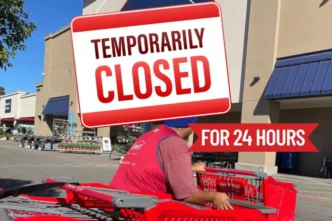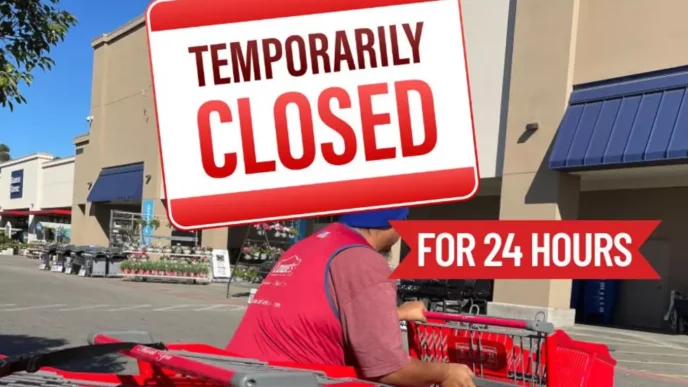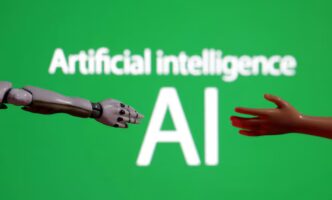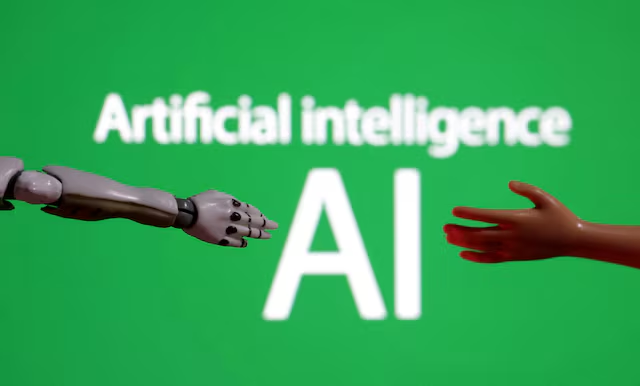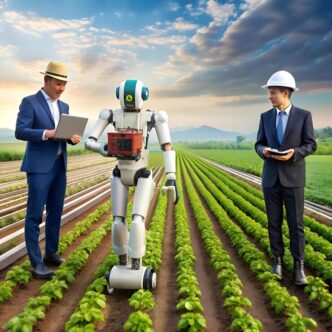

Singapore, a gleaming city-state with little arable land, is rewriting the rules of agriculture. AI-powered robots are transforming urban farming, boosting yields, and slashing resource use in a bid to secure food independence. As of April 2025, these mechanical marvels are sprouting up across rooftop gardens, vertical farms, and even shipping-container grow houses, proving that innovation can thrive where soil cannot.
The story begins with necessity. With over 90% of its food imported and a population of nearly 6 million packed into 734 square kilometers, Singapore has long sought self-sufficiency. The government’s “30 by 30” goal—to produce 30% of its nutritional needs locally by 2030—sparked a wave of high-tech farming, and AI robots are now at the forefront. Companies like Singrow, a local agritech startup, have deployed bots that plant, monitor, and harvest crops with uncanny precision. These machines, equipped with sensors and machine vision, can detect ripeness, adjust water levels, and even prune plants—all in real time.
Take the example of a vertical farm in the heart of Singapore’s business district. Here, robots glide along tracks between towering racks of hydroponic greens. Using AI trained on data from light, humidity, and nutrient levels, they optimize growth conditions down to the leaf. A recent report from the Asian Development Bank notes that such systems can increase yields by up to 300% compared to traditional methods while using 90% less water. In a water-scarce nation, that’s a game-changer. The robots don’t just work harder—they work smarter, learning from each harvest to refine their algorithms.
The human touch hasn’t vanished entirely. At places like Sky Greens, the world’s first low-carbon hydraulic vertical farm, robots assist workers by handling repetitive tasks, freeing them to focus on strategy and innovation. Meanwhile, AI-driven drones are taking to the skies—or rather, the rooftops—using high-resolution cameras to spot pests or nutrient deficiencies before they spread. This predictive maintenance, borrowed from industrial tech, cuts losses and boosts efficiency, making urban farming not just sustainable but profitable.
Singapore’s push isn’t happening in isolation. The global urban farming market is projected to hit $20 billion by 2026, according to industry analysts, and AI is a key driver. In Singapore, the integration of robotics has drawn international attention, with firms like Japan’s Mitsubishi eyeing partnerships. The city’s compact size makes it an ideal testing ground, but the tech could scale to megacities worldwide, from Tokyo to New York. Still, challenges linger: high upfront costs and energy demands could slow adoption. Yet, with solar panels increasingly powering these farms, as seen in projects by local firm Sunseap, the model is inching toward net-zero.
By revolutionizing urban farming, Singapore’s AI robots are proving that even the smallest nations can grow their own future. As one farmer put it, “These machines don’t just plant seeds—they plant possibilities.”
